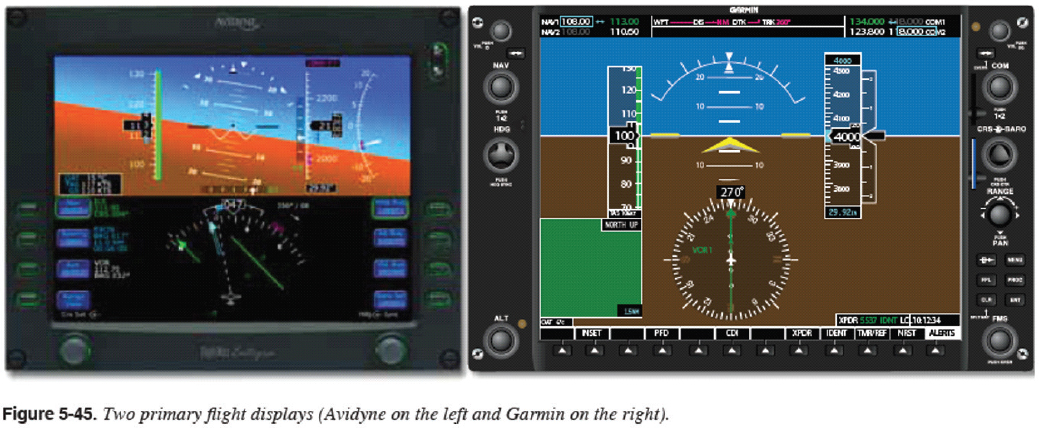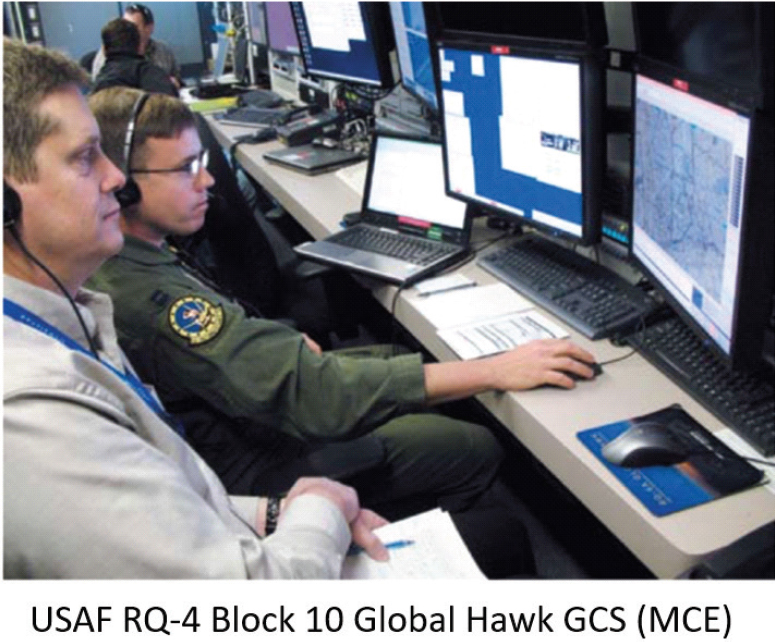9
Considerations for a Remote Pilot in Command
For this workshop session, the panelists responded to issues raised by the steering committee about Global Hawk, an unmanned surveillance aircraft, in the context of Unmanned Aerial Systems (UASs) in the National Airspace System (NAS):
This presentation will discuss some lessons learned from the development of ground stations for Global Hawk and discuss how those lessons learned provide insight into the human systems integration aspects of the integration of emerging technology into the missions that are emerging for use of these platforms in the NAS. In many cases the information required for pilotage is impacted by automation and mission, but there is essential information that has emerged out of the ASSURE work on Task A7 UAS Human Factors Considerations/A10 being conducted as part of the FAA [Federal Aviation Administration] UAS Center of Excellence that relates to the question of pilotage and automation.
David Arterburn (steering committee member) opened the session by explaining that it is intended to provide a pilot’s perspective, rather than an engineer’s perspective, of the need for ground-station automation and other considerations. He said that various experiences of manned experience in fly-by-wire and glass cockpit development supported some of the earlier presentations showing how uncertainty and pilot familiarity with the system determine how flight crews perceive the trust or reliability of the system being evaluated.
For example, Arterburn said: “I ran a fly-by-wire flight control system effort to put the first fly-by-wire flight control system on a Blackhawk for the U.S. Army. . . . We had a very sophisticated fly-by-wire flight control system, and it worked great for a variety of missions from an engineer’s perspective. But the first time it met contact with actual Army aviators, . . . in the simulator, and they tried to fly missions from their perspective, the automation wasn’t quite what it needed to be, and it actually got in the way as opposed to providing capability and reducing workload.”
Arterburn said that fly-by-wire development showed that fully automated pilot modes were unworkable with many flight crews because the automation did not account for the pilot’s ability to fly various mission tasks in multiple ways. He said that pilots perceived the fly-by-wire system as fighting them, rather than reducing workload as intended, due to the difference in the mental model of the pilot performing the task and the engineer designing the system for the task.
Kurt Carraway (Kansas State Polytechnic) related his experience as a Global Hawk instructor, as well as his experience in the operations of small UASs, to address automation design considerations. He presented examples

SOURCE: Carraway, K. (2018). RPIC CS Considerations: A Pilot’s Perspective. Presentation for the Workshop on Human-Automation Interaction Considerations for Unmanned Aerial System Integration (slide #3). Reprinted with permission.
of manned aviation pilot instrumentation; the evolution of Global Hawk and other small, commercial off-the-shelf ground-station displays; and the relevance to UAS control-station considerations. The discussion included considerations for unmanned aerial control stations, including pilot flight display requirements, unique UAS attributes, and command and control links. Various displays and ground-control system arrangements are depicted in Figures 9-1 through 9-5.
During the discussion of displays, a participant commented on standards for those displays. “Those standards were developed to prevent people from dying, and whatever you do, you don’t just willy-nilly switch those around.” Arterburn and Carraway responded that they are not suggesting “throwing out the baby with the bathwater.” Rather, given task and functional analyses, if there is a task that does not require manned piloting, then the conventions for manned aircraft that created the standards (e.g., air speed display on the left side and altitude display on the right side) are not necessarily germane now because of automation.
Arterburn and Carraway noted that the functional and task analysis of any new design should evaluate the need for these displays, as well as the requirement to use them for monitoring or intervention. Furthermore, the standard “six pack” approach1 is needed if pilots are required to interact with air traffic control. They went on to urge continued development of standards based on good research, not just pulling in the manned implications. They added that the role of people in the cockpit is changing. In the Air Force, modern fighters have great ability
___________________
1 The term refers to the six basic instruments for pilots: airspeed indicator, altimeter, vertical speed indicator, attitude indicator, heading indicator, and turn indicator.

SOURCE: U.S. Department of Transportation, Federal Aviation Administration, Airman Testing Standards Branch. (2012). Instrument Flying Handbook: FAA-H-8083-15B. Oklahoma City, OK: U.S. Department of Transportation. Available: https://www.faa.gov/regulations_policies/handbooks_manuals/aviation/media/FAA-H-8083-15B.pdf [February 2018].

SOURCE: U.S. Department of Transportation, Federal Aviation Administration, Airman Testing Standards Branch. (2012). Instrument Flying Handbook: FAA-H-8083-15B. Oklahoma City, OK: U.S. Department of Transportation. Available: https://www.faa.gov/regulations_policies/handbooks_manuals/aviation/media/FAA-H-8083-15B.pdf [February 2018].

SOURCE: Tirpak, J.A. (2009). 12 miles high, changing course. Air Force Magazine, 29(2), 32-36. Available: http://www.airforcemag.com/MagazineArchive/Pages/2009/February%202009/0209course.aspx [February 2018]. Reprint courtesy of Air Force Magazine.
to do things on their own, and a pilot is often a battle manager who has different types of automation available. The Army is going down that same road, making the cockpit occupant a manager.
Carraway also discussed the relationship between various levels of automation and training for a remote pilot in command of a UAS. He said that the level of automation drives the training requirement. For example, as automation increases there is a likelihood that situation awareness is going to deteriorate, raising the question: How does one train through that? Another point is that aviators in manned aircraft are trained to stay ahead of the jet. That may seem easy to do in a highly automated system, but if one doesn’t understand how the aircraft is “thinking,” then it is really difficult to anticipate what the aircraft is going to do if it enters a different contingency or failure state. As a result, Carraway said, as his training unit was being developed, much more time was spent teaching the logic of the aircraft rather than how to do a good three-point landing because an aircraft lands itself.
Carraway said he believes the Air Force turned a corner by starting to train pilots of unmanned aerial vehicles without sending them to pilot training. The general issue for the future is what kind of training is needed to prepare operators to integrate into the same airspace as manned aircraft. For training that involves highly autonomous systems, he noted the importance of understanding how they operate so a human can then understand how to intervene when necessary. Finally, Carraway touched on the potential that automation creates an environment in which one could have a single pilot flying multiple aircraft, a situation that definitely presents some unique training considerations.

SOURCE: Lozano, S. (2015). Developing New Standards of Drone Operations. Available: https://www.nasa.gov/ames/image-feature/developing-new-standards-of-drone-operations [February 2018].
This page intentionally left blank.






